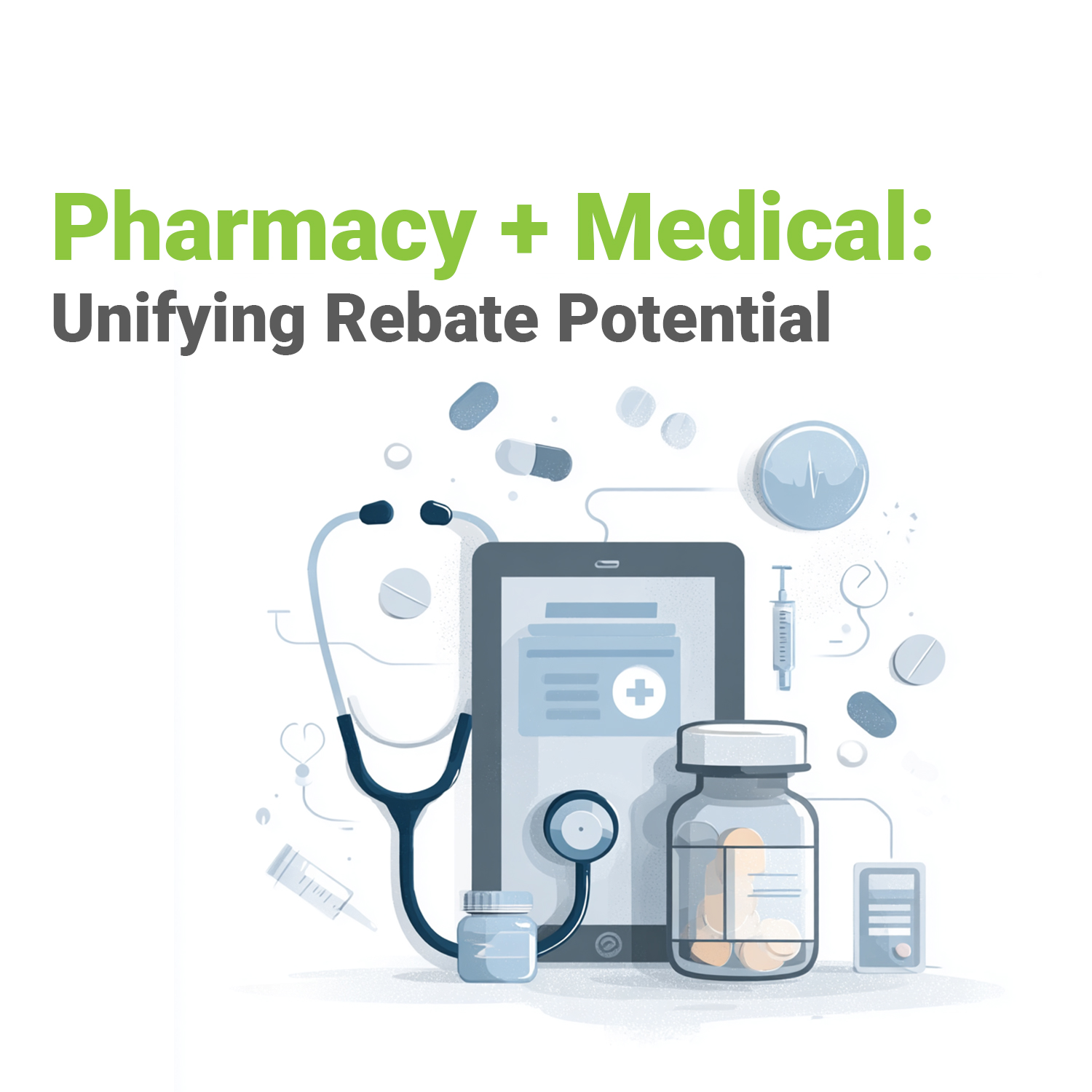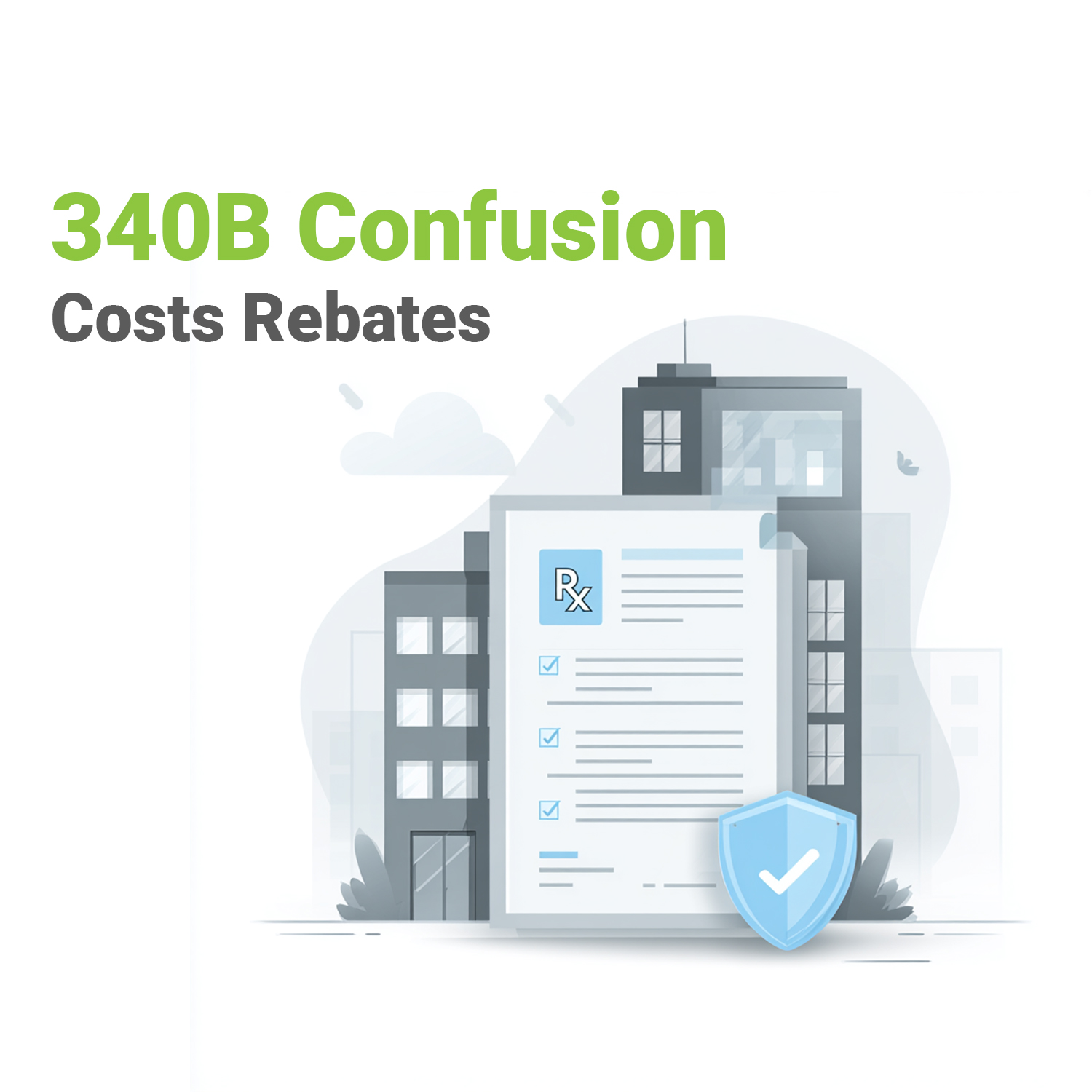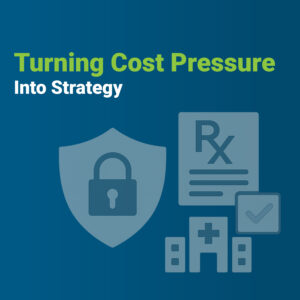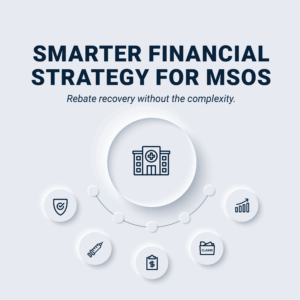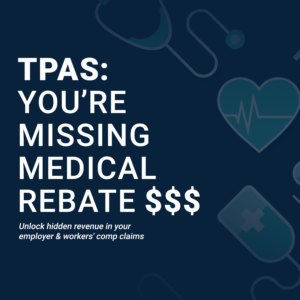We are living in a future that our great-grandparents could only dream of.
High blood pressure? There are medicines for that. Depression and anxiety? Cheap prescription pills make a huge difference. High cholesterol, ulcers, acid reflux, heart disease and even hepatitis C? All just a co-pay away from meaningful treatment for many Americans.
It’s no surprise that we are taking more prescription medicine that ever before, as treatments once non-existent and, then, very expensive, have become available to the masses, with or without a formal prescription drug insurance plan.
How did we get here? For answers, we look to the landmark study Prescription Drugs: Spending, Use, and Pricesreleased in 2022 by the non-partisan Congressional Budget Office (CBO). The study looks at prescription cost and access from 1980 to 2018.
Some of the CBO’s keenest insights are around the hows and whys of our explosion of beneficial prescription drug use.
Trends in the use of prescription drugs
According to the CBO report, “utilization of prescription drugs nationwide has increased in recent years, both because the prevalence of chronic conditions has increased with the aging of the U.S. population and because new therapies and generic drugs have become available.
“Over the past several decades, consumers, health care providers, and insurers have witnessed the emergence of blockbuster therapies that treat common conditions; and the emergence of generic alternatives for those drugs has improved access to such treatments by offering lower-cost options. In addition, consumers’ share of spending on prescription drugs has fallen substantially as the combined share of spending covered by federal programs and private health insurance has increased over time.
“Use of prescription drugs among those enrolled in Medicare Part D and Medicaid increased as well. Administrative data about Medicare Part D show that from 2009 to 2018 the average number of standardized prescriptions per beneficiary rose from 48 to 54 per year—a 13 percent increase.”
Underlying drivers of increased prescription drug use
The reduction in consumers’ out-of-pocket costs for prescription drugs is one key factor that explains the increased use of prescription drugs. In 1990, consumers’ share of spending on prescription drugs was 57 percent. By 2009, that share had fallen to 20 percent. It continued to fall thereafter, declining to 15 percent in 2018. That long-term decline is largely explained by a gradual increase in the share of spending covered by the Medicare and Medicaid programs, which grew from 13 percent in 1990 to 36 percent in 2018.
Some of that increase is attributable to the creation of Medicare Part D in 2006. In that year, the share of spending covered by Medicare and Medicaid increased to 25 percent, up from 19 percent in 2005. That share has steadily increased since 2006. More recent increases were partly attributable to the increased generosity of the Part D benefit that was mandated by both the ACA in 2010 and the Bipartisan Budget Act of 2018, as well as to the Medicaid expansions that were encouraged by the ACA.
Greater access to generic drugs in those programs may be another key factor that explains the increased use of prescription drugs: Lower-cost options make it easier for people to purchase their prescribed medications. Nationwide, the share of standardized prescriptions dispensed for generic drugs was 75 percent in 2009 and reached 90 percent by 2018.
—
In 2022, the non-partisan Congressional Budget Office (CBO) of the United States issued a landmark study that tracks the use of prescription drugs, their costs and their benefits.
In the overview article, we look at the general trends identified by the CBO over the past 40 years. Subsequent articles dive in deeper
—
Read more:
- Prescription Drugs: Spending, Use, and Prices (Congressional Budget Office)
- Download the full report (Congressional Budget Office)
